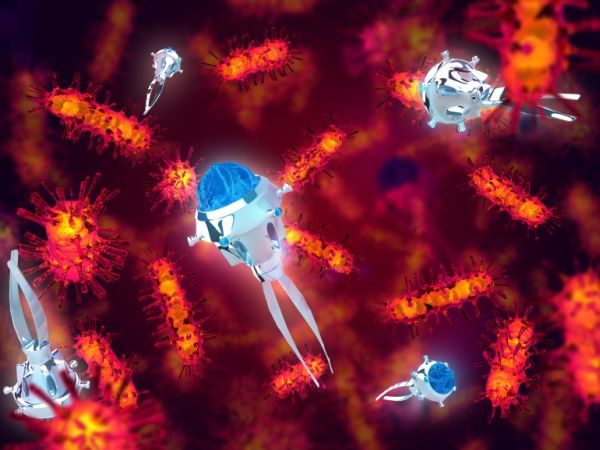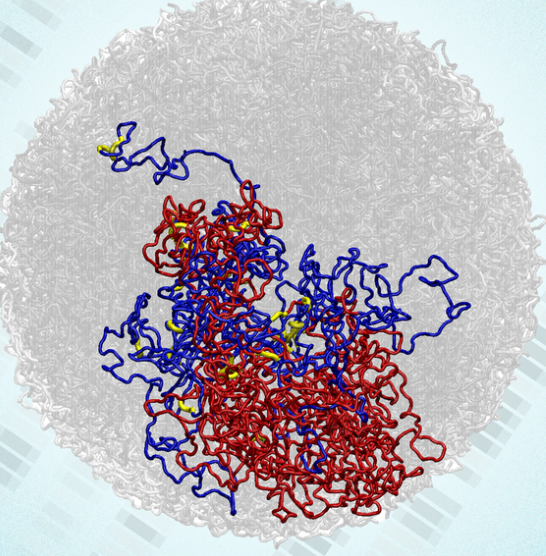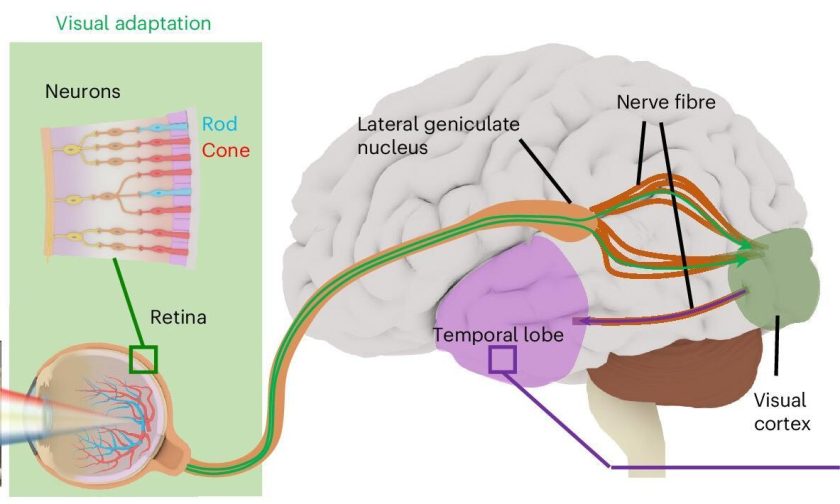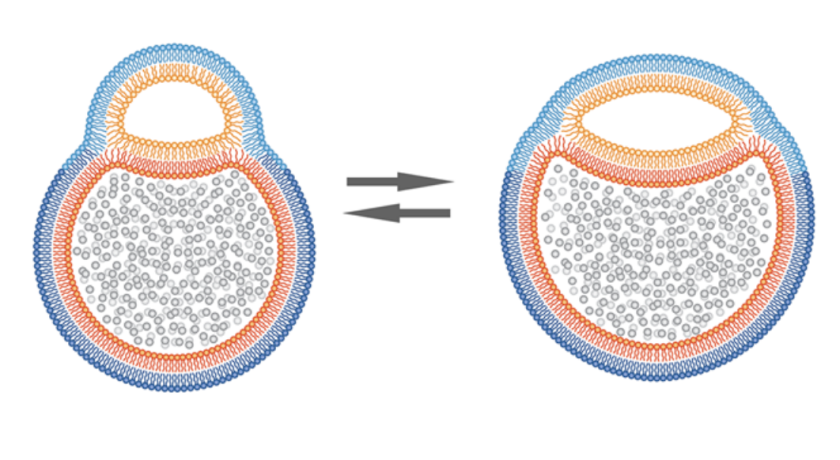Experts believe that micromachines or nanobots use in the field of medicine can change the way some of the medical conditions are diagnosed and treated. Using these nanobots, medical payload would be sent directly to the specific injury site. Until now the researchers have achieved to test such micromachines in cell samples under laboratory conditions.
However, for the very first time, a research team at the University of California, San Diego have successfully achieved to deliver nano-particles using self-propelled, artificial nanobots inside the stomach of a living mouse, without registering any adverse side effects.
Micro-machines within mice
The nanobots stand 20 micrometres in length and 5 micrometres in width are composed of polymer tubes and coated with zinc, which is also an effective multipurpose nutrient for the body. Professors Joseph Wang and Liangfang Zhang with their team fed these nanobots to mice.
When the bot reaches the acidic environment of the stomach, the zinc coating reacts, generating hydrogen bubbles that help nanobots to propel, like a microscopic rocket. The reaction of zinc with hydrochloric acid released enough hydrogen bubbles that help the tiny machine to attain a speed up to 60 micrometers per second. This reaction propels the nanobots to move outwards through the acid, reaching the stomach lining where these get attached and slowly get dissolved to release nanoparticles payload into the mucus lining of the gut wall.
Researchers noticed that of all the nanobots ingested, those that managed to reach the gut walls, lodged themselves to the wall for 12 hours post ingestion, indicating their efficacy and sturdy nature. When the researchers euthanized the mouse to dissect and examine, as expected, they found no symptom of toxicity or tissue damage caused by the presence of synthetic nanobots.
Self-propelling nanobots
Earlier nanobots have been deployed on organic tissue (like for slaying Hepatitis C virus) and few other nanobots used inside a living creature were dependent on external sources of energy to propel. Self-propelling, nanoparticle carrying nanobots are first of its kind designed at the University of California. This is definitely the first step towards achieving a proven technique for targeted drug delivery. In the future, traditional method of high dose medication will be replaced by nanobots that would administer drugs to the desired location to treat different medical conditions, to manipulate individual cells or repair injured tissues as blood vessels without leaving behind any traces of residual toxic substances.
Source: Gizmag




